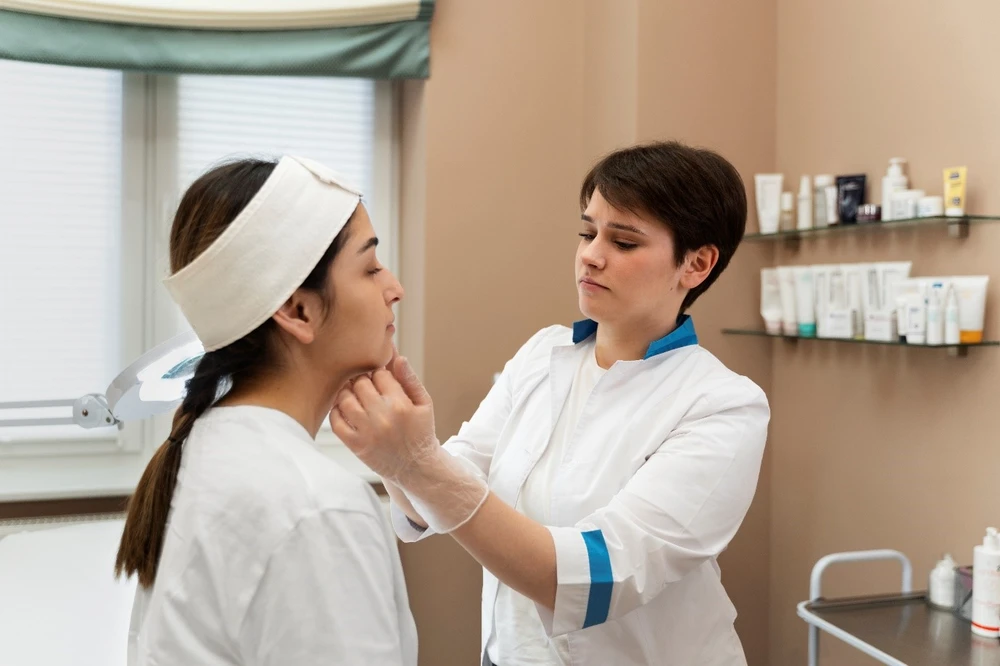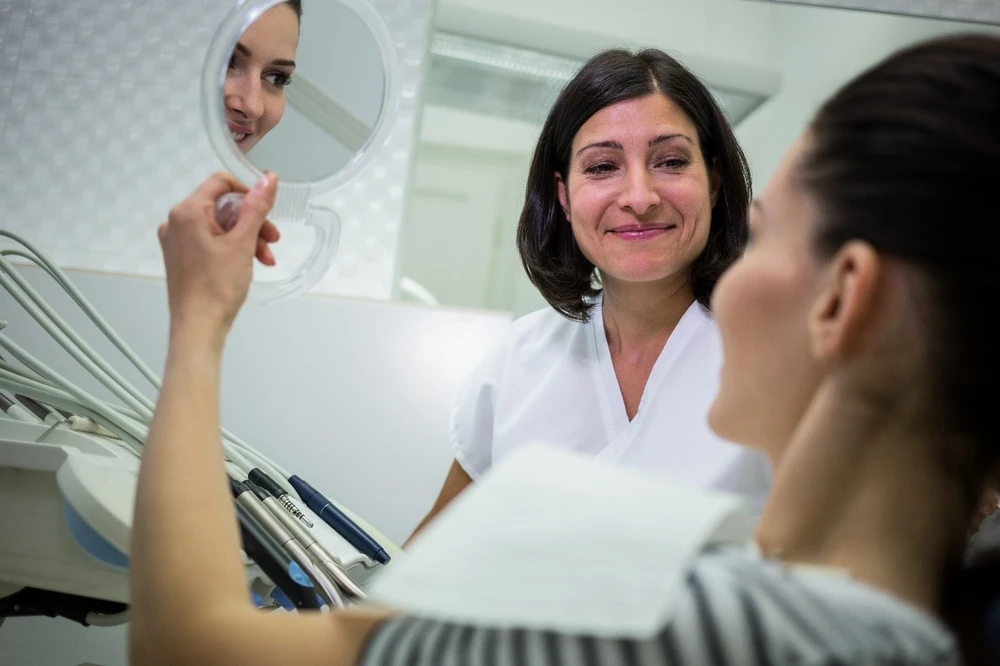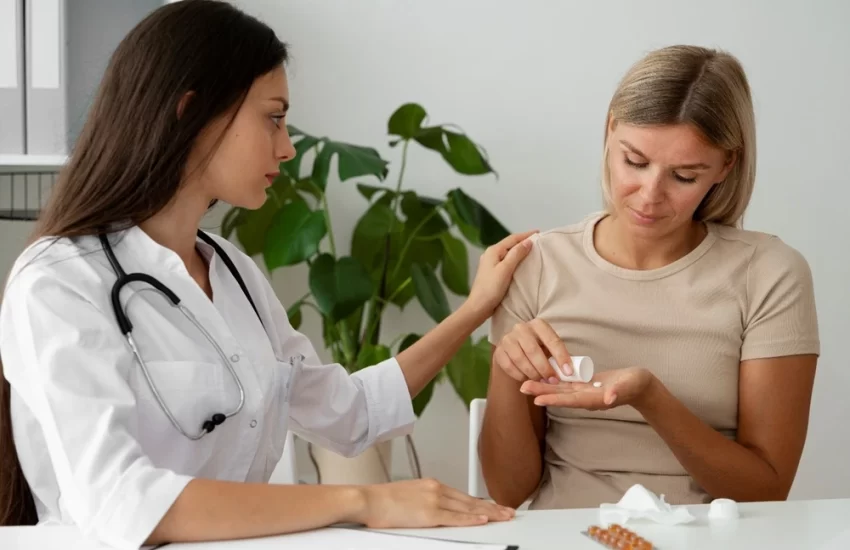Everyone wants radiant and spotless skin. But only a few move further from just desiring. They actually act by self-assessing it. It’s the very first concrete step to having healthy skin, which everybody should be aware of. This step can also help in detecting skin cancer, which is recognized as an abnormal growth of skin cells.
Did you know non-melanoma skin cancer cases are between 2 and 3 million, whereas melanoma cases are 132,000 that are found globally each year as per a research?
Most of the time, excessive sun exposure causes it. But it can be developed in areas that remain unexposed to sunlight. The sun’s ultraviolet radiation damages the DNA of our skin cells. Besides, some lights used in tanning beds can also cause it. But these are not the only reasons. There are some more factors, such as exposure to toxic substances and a weak immune system, that combine with the sun or light exposure to cause it.
Causes of skin cancer
This skin condition can occur when the DNA of skin cells itself mutates. This error, which is a mutation, can lead to abnormal cell growth and the formation of a mass. This mass is called cancerous cells.
Mainly, they start growing in the top layer, which is called the epidermis. It’s a thin covering that protects sensitive skin. However, our body frequently sheds them, which is also called cell turnover. Typically, there are three types of cells found on the epidermis.

Types of skin cells
1. Squamous Cells
These cells can be seen just beneath the crust. It acts as an inner lining of the skin.
2. Basal Cells
These are responsible for producing new skin cells, which take the place of old cells during cell renewal. These are found beneath the squamous cells.
3. Melanocytes
As the name suggests, they provide pigmentation called melanin that you can see as a skin colour or tone. These cells are observed at the bottom of the epidermis. When in the sun, a body produces more pigment, which helps protect deeper layers.
These are the three main types of cells that can be the epicenter of this life-threatening disease.
Risk factors
Besides excessive sun exposure, anyone can be a victim of cancer. These factors can be responsible for it.
1. Fair Tone
When your skin produces less pigment (melanin) inside, it becomes less immune to UV radiation damage. Those who have blond or red hair and light-toned eyes, those who have a history of freckles and sunburn, are more likely than dusky or dark-toned people to develop cancerous cells.
2. Sunburns
Those who have sensitive skin, especially to the sun, and notice blistering sunburns during childhood and adolescence are more likely to develop this skin condition in adulthood. Simply put, sunburn at any age can be a big risk factor.
3. Excessive Sun Exposure
People who haven’t protected their skin and spent a considerable time facing UV rays may have cancer of the skin later.
4. Tanning
Besides the sun, there are other methods of tanning, like using tanning lamps and beds. They can also cause skin cancer. You should always remember that a tan is a spontaneous response of the body that faces excessive UV rays.
5. High-Altitude Areas
People who live in elevated areas where the climate remains sunny mostly can get more exposure to harmful UV rays. So, the geo-location of a person can also be its cause.
6. Moles
Having irregular and large-shaped moles can be a big risk, and it becomes more so when there are many in number. Such people are called dysplastic nevi. The large moles of abnormal shape and size may become cancerous later. So you must self-assess if you have abnormal moles. In case you have, just focus on their size and notice changes.
7. Precancerous Skin Lesions
Skin lesions are also recognized as actinic keratoses, which can maximize the chances of developing skin cancer. These precancerous skin growths typically look like brown or dark pink scaly patches that are rough. Mostly, they appear on the face, head, and hands. Even fair-toned people can have them on their sun-damaged skin.
8. A Personal and Family History
This skin condition can be inherited from one of your parents or siblings. If one has, you can be at risk of the disease. And those who have recovered may develop it again later.
9. Weak Immune System
People with weak immunity can develop this disease. These people can be patients with HIV/AIDS and those who intake immunosuppressant drugs after the transplant of an organ in their body.
10. Radiation Treatment
People who have been treated with radiation therapy for skin conditions like eczema or acne can be prone to cancer, especially basal cell carcinoma.
11. Excessive Exposure to Substances
Certain substances, such as arsenic, can be dangerous. They may cause skin cancer.

Preventive Steps
Though it’s a life-threatening disease, prevention can prevent it. Let’s figure out some preventive steps.
1. Don’t go out in the afternoon.
The intensity of the sun’s rays is extremely high between 10 a.m. and 4 p.m. So, you should avoid going out during this time, even if the weather is cloudy and it’s winter. Clouds can be there, creating a barrier between you and the UV rays, but only to a certain extent. So, you should avoid it in order to get rid of sunburns and uncertain skin damage. This is how the skin can be protected from cancer-causing UV rays.
2. Put on sunscreen.
This is a must-have in your routine. Sunscreens hamper the hazardous UV radiation while creating a barrier, which prevents melanoma. This is why it is crucial to protect your skin from any sun damage. Certainly, there are multiple brands and SPFs available. You should choose a broad-spectrum sunscreen with at least 30 SPF. Apply it every day, even if you’re home or the day is cloudy. Use it generously while covering all exposed skin, including ears, eyelids, lips, neck, and hands.
3. Cover with protective clothing.
Always try to protect your exposed parts from the sun. For this purpose, you can use sunglasses and tightly woven clothing on your arms and legs. A broad-brimmed hat can also help you protect your face. There can be photo-protective clothing on the internet. You may place an order and put it on them. Cover your eyes with sunglasses, which should block both UVA and UVB rays.
4. Say No to Tanning Beds
Never choose tanning through beds that emit UV rays. Ultimately, these means produce similar rays that are the cause of skin cancer.
5. Avoid Sun-Sensitizing Medications
Your doctor may prescribe drugs, or they can be over-the-counter drugs like antibiotics that can make your skin sensitive to the sun. So, you should always ask your doctor about the side effects of the prescribed medicine. If they increase your skin sensitivity to the sun, be extra alert and avoid going out in the sun.
6. Self-Assess
Self-examination of your skin is essential. Examine and find if there are any new skin growths. Check the shape, size, and colour of your existing moles, freckles, bumps, and birthmarks. Just stand in front of the mirror and thoroughly see your face, neck, ears, and scalp together with your chest and the undersides of your arms and hands. Don’t forget to check the front and back of your legs and feet, including your soles, and the spaces between your toes. genital area and your buttocks. The doctor will also examine and then, suggest some skin cancer checks via tests to confirm.
See a Doctor
You can visit a doctor if your self-assessment proves that there is a possibility of changes in the shape, colour, and size of the moles, lesions, and birthmarks. Any other abnormal change can also be a point of concern. So, you should visit a trained doctor or GP to understand and get satisfactory answers.
